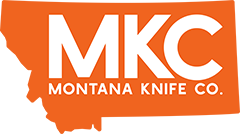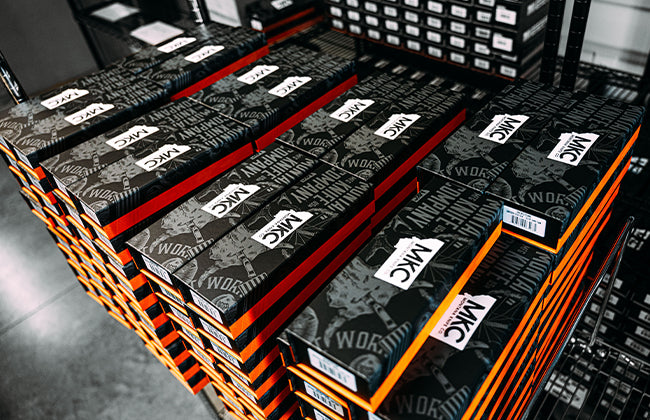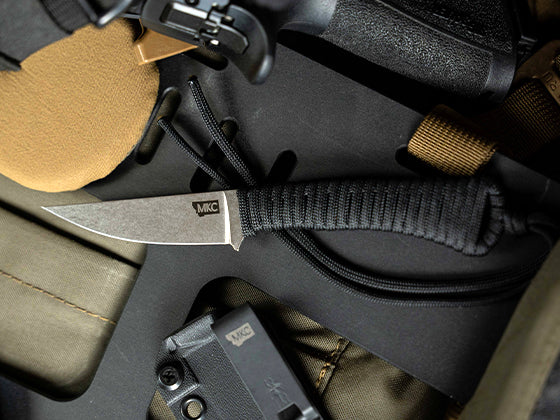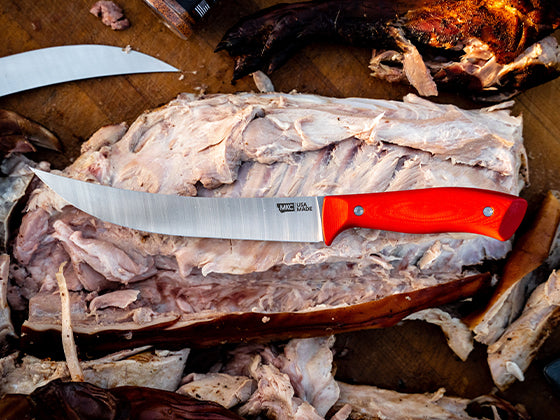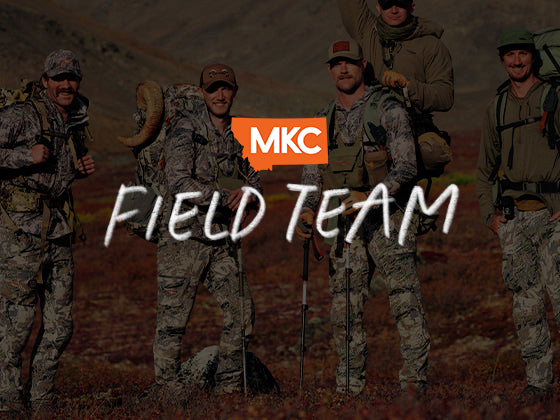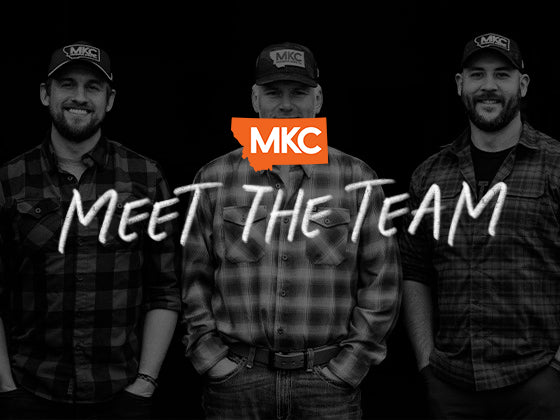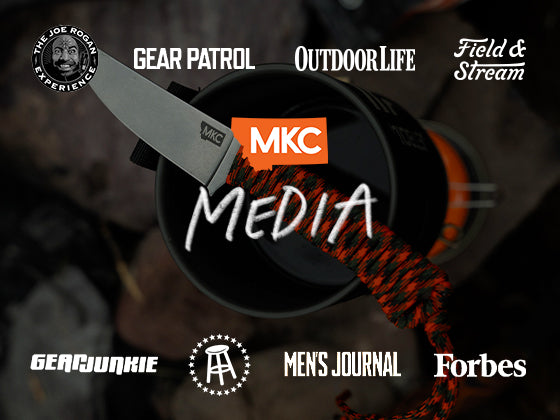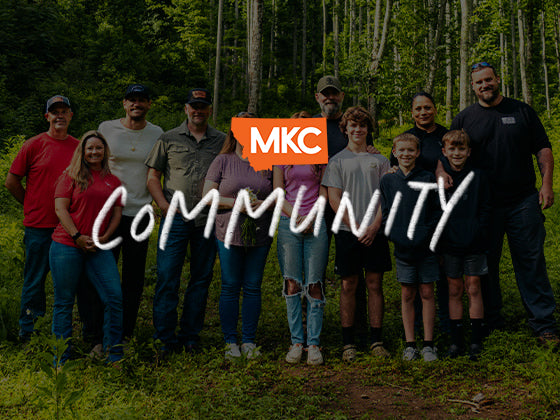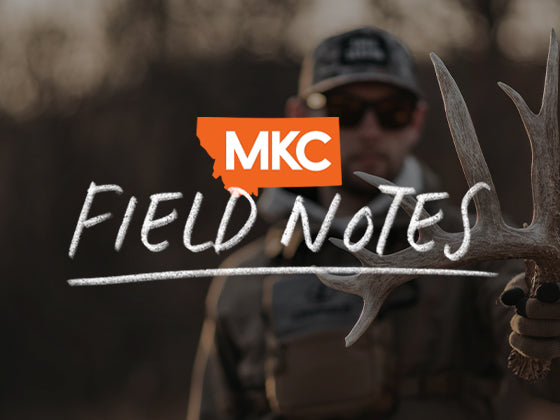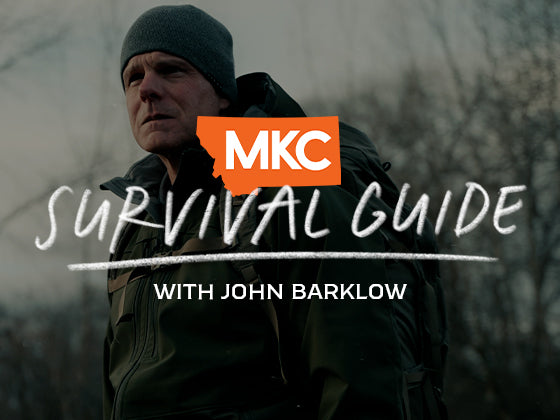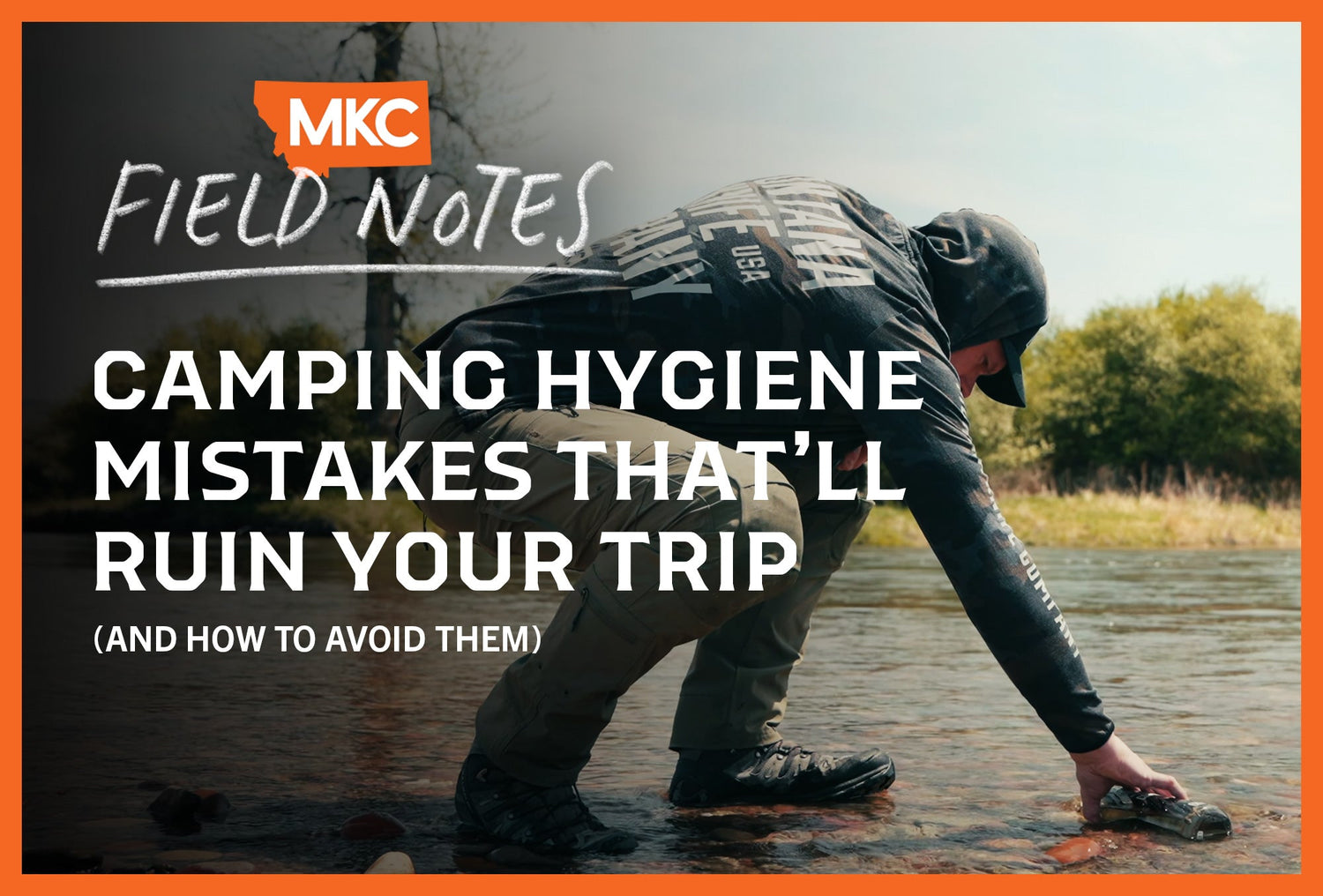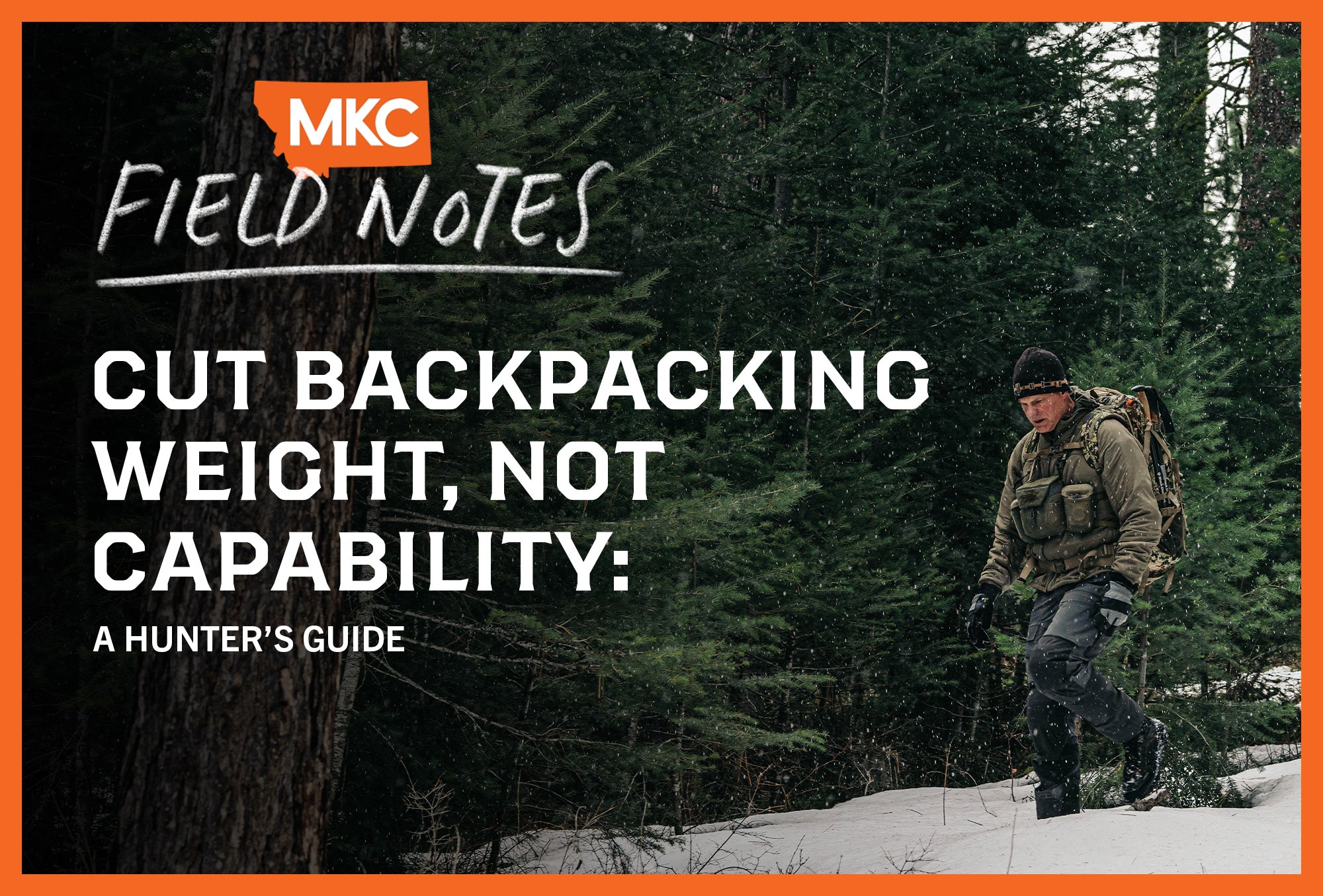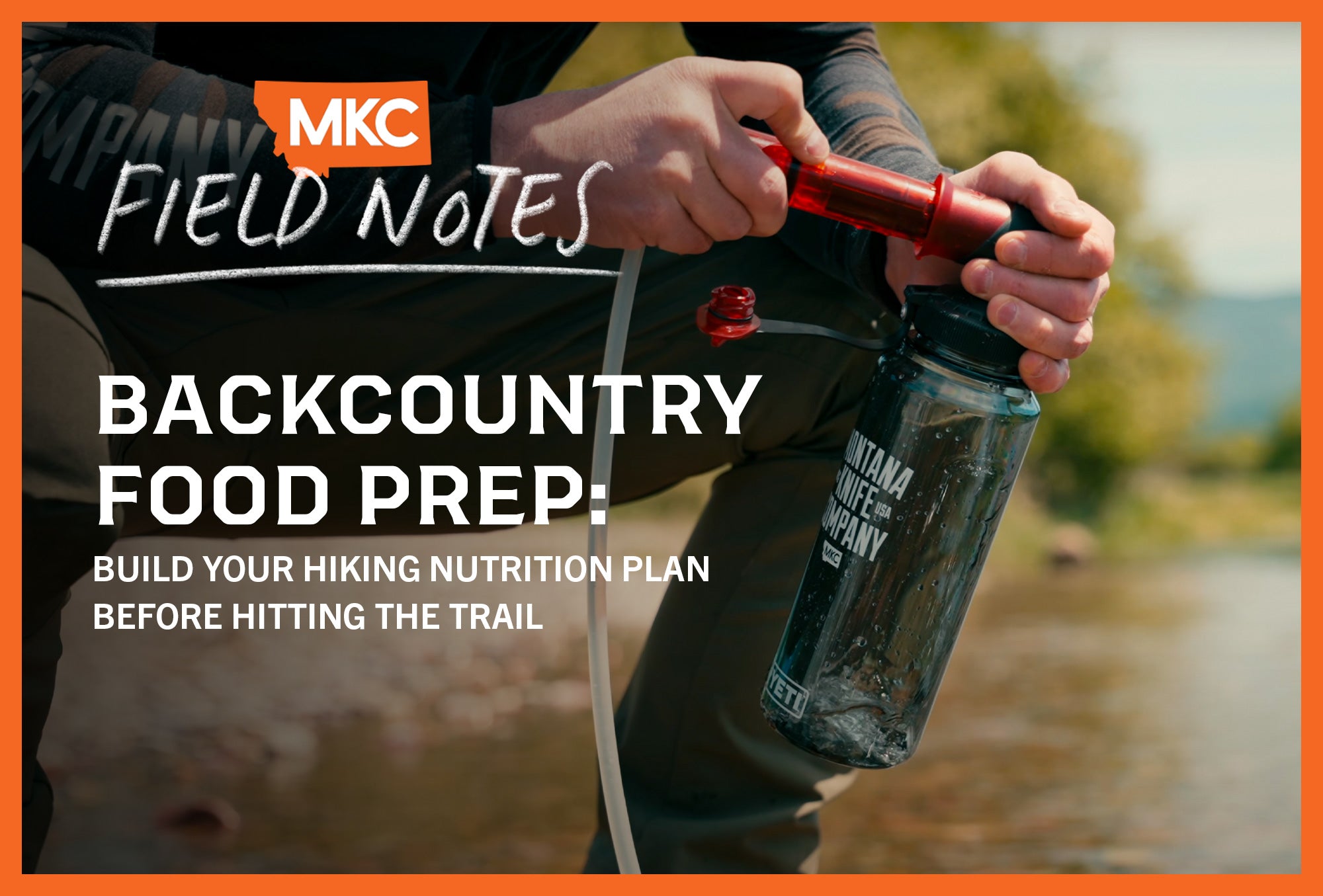Novice outdoorsmen often don’t think about camping hygiene until they face problems miles from help. But experienced backcountry travelers know camping hygiene essentials prevent the unforced errors that end trips prematurely.
Whether you’re on a five-day hunting expedition or a weekend backpacking trip, neglecting basic hygiene leads to discomfort that prevents you from enjoying or even completing your adventure.
Why Camping Hygiene Matters in the Backcountry
When you’re miles from civilization, small issues compound quickly. That minor discomfort you’d ignore at home becomes the sole focus of your attention after three days in the mountains.
Your camping hygiene routine directly impacts your field performance. Poor hygiene creates distractions that take your focus away from why you went outdoors in the first place:
- Painful blisters limit mobility when stalking game or exploring new terrain.
- Sunburn forces you to seek shade instead of glassing ridgelines.
- Chafing creates constant discomfort during long sits.
- Infections from untreated cuts can force evacuation.
These preventable issues ruin trips that required considerable planning and expenses.
How to Stay Clean While Camping
After decades teaching U.S. Special Operations forces how to survive in the field, I’ve developed a proven system for how to stay clean while camping without becoming obsessive. These camping hygiene essentials fit in your pack, preventing the problems that end trips early.
Sun Protection
Sunburn might not force you out of the field, but it makes you miserable. When you’re sunburned, you’ll avoid exposed glassing knobs when you should be there looking for game.
Pack a small tube of high-SPF sunscreen for exposed skin. Apply it first thing in the morning and reapply after heavy sweating.
Better yet, use UPF-rated clothing that provides built-in protection. A proper brimmed hat protects your face while reducing glare for better spotting.
Foot Management
Nothing ends a backcountry trip faster than destroyed feet. Your comprehensive foot care system needs three components:
Preventative Care:
- Address hot spots immediately with Leukotape or Dermabond.
- Never let a hot spot develop into a blister.
- For sweaty feet, apply antiperspirant before hiking.
Sock Rotation:
- Carry two pairs minimum (three for trips longer than five days).
- Wear one pair while the second dries in your sleeping bag.
- Switch to dry socks before sleeping each night.
Evening Maintenance:
- Air your feet daily.
- Examine for developing problems.
- Clean and dry thoroughly, especially between toes.
Thanks to this rotation system, I can go five to six days with just two pairs of socks while maintaining excellent foot health.
Bathing Strategy
For shorter trips under three days, bathing isn’t critical. But for extended backcountry stays, take advantage of opportunities to clean up:
- Use midday creek crossings to rinse off accumulated grime.
- Focus on the armpits, groin, and feet, the highest-odor areas.
- Consider packable bath wipes for waterless cleaning.
A quick field bath improves sleep quality and prevents the chafing that develops when sweat and dirt accumulate for days.
Backcountry Bathroom Protocol
Poor bathroom hygiene creates serious problems, worse than just discomfort.
Personal Cleaning:
- Pack adequate wet wipes (more than you’ll need).
- Have backup options (bandanas, socks) if you run out.
- Maintain dedicated hand-washing water or sanitizer.
Waste Management:
- Dig proper catholes six to eight inches deep.
- Pack out toilet paper in Ziplock bags.
- Position catholes away from water sources (200+ feet).
Separate “bathroom hands” from “eating hands” through strict sanitizing protocols. Preventing bacteria from reaching your mouth stops backcountry illnesses that can end your trip.
Wound Management
Small cuts become big problems quickly in backcountry environments:
- Clean any cut immediately, no matter how minor.
- Apply antibiotic ointment and appropriate bandaging.
- Monitor for signs of infection (increasing redness, pain, swelling).
Injuries you’d consider minor at home become serious when you’re days from medical care. Address every wound immediately and thoroughly.
Hand Sanitation
Your hands are involved in bathroom duties, game processing, and food preparation. Proper hand sanitation prevents the most common illness transmission route.
Keep hand sanitizer accessible in a pocket or in your possibles pouch, not buried in your pack. Use it:
- After bathroom visits
- Before handling food
- After treating wounds or touching questionable surfaces
This simple practice prevents the gastrointestinal issues that ruin backcountry trips. I’ve watched capable hunters evacuate because they got sloppy with hand cleanliness.
Oral Hygiene
Brushing your teeth might seem optional on short trips, but neglecting oral hygiene compounds quickly on longer expeditions:
- Pack a travel toothbrush and a small paste tube.
- Use water from your drinking supply for brushing.
- Spit away from water sources (200+ feet minimum).
Proper oral hygiene improves your overall comfort and prevents the mouth issues that become distracting during multi-day trips.

Field-Tested Backpacking Hygiene System
My camping hygiene kit includes:
- Travel toothbrush with case and small paste tube
- Hand sanitizer in a belt pouch for easy access
- Wet wipes in a Ziploc bag (one pack per three to four days)
- Leukotape
- Small tube of antibiotic ointment
- Compact first-aid supplies
- Antiperspirant stick (dual purpose for feet and underarms)
- Two pairs of quality merino blend socks
This kit weighs under a pound but prevents most hygiene-related problems I’ve encountered throughout my decades of backcountry expeditions.
Real-World Application of Backpacking Hygiene
Most backpackers and hunters understand these concepts in theory but fail to implement them consistently in the field. The gap between knowing and doing becomes apparent on day four, which is when infection, blisters, or gastrointestinal issues typically emerge.
Your camping hygiene routine must be automatic, not optional. Develop these habits during shorter trips so they become second nature during extended backcountry stays.
For example, during a sheep hunt in Alaska, deteriorating weather forced me to spend three straight days in my tent. The disciplined hygiene practices I maintained during that confinement, particularly hand sanitizing and rotating my socks, allowed me to continue hunting as soon as conditions improved.
Without those habits, I likely would have developed foot problems or an illness that would’ve forced me out after I invested substantial planning and vacation time into the trip.
How to Stay Clean While Camping: Practical Priorities
For effective backcountry hygiene, focus on maintaining function and preventing problems that cut trips short.
Focus on these priorities:
- Prevention rather than treatment
- Areas that cause mobility-limiting problems (feet first)
- Cleanliness related to food preparation and consumption
- Addressing minor issues before they become major concerns
The outdoorsman who maintains these disciplines stays in the field longer and performs better than the outdoorsman who neglects basic camping hygiene essentials.
Final Thoughts on Backcountry Hygiene
Don’t let poor camping hygiene create the unforced errors that ruin your time outdoors. The small weight penalty of carrying proper hygiene supplies pays massive dividends when you can complete your trip without the discomfort and limitations that affect those who neglect these basics.
The difference between success and failure in the backcountry often comes down to these seemingly minor details. Pack and use these camping hygiene essentials on your next adventure, and you’ll notice the difference immediately.

by John Barklow, a Special Operations Survival Instructor and consultant who has spent decades teaching military personnel and civilians survival techniques in extreme environments.
